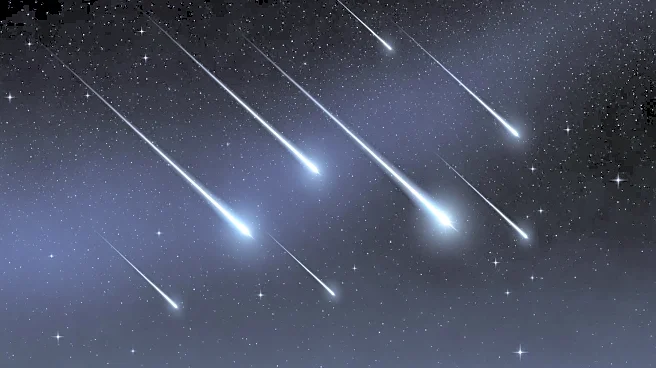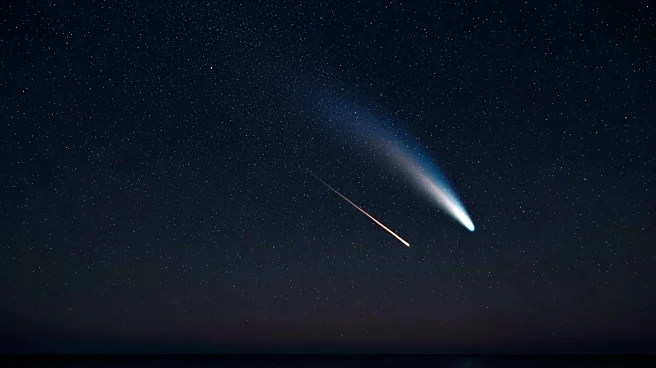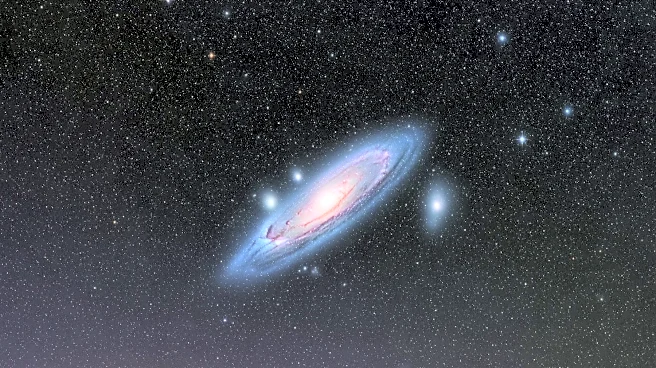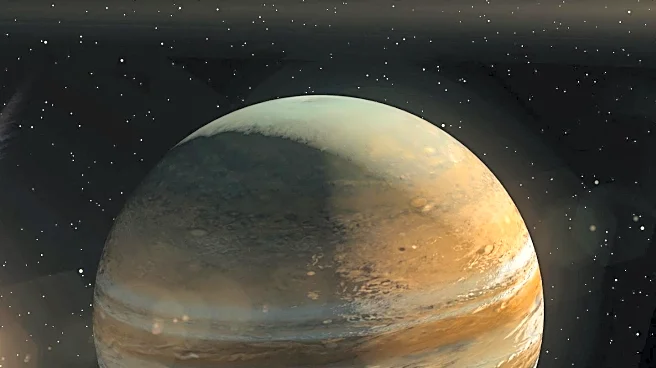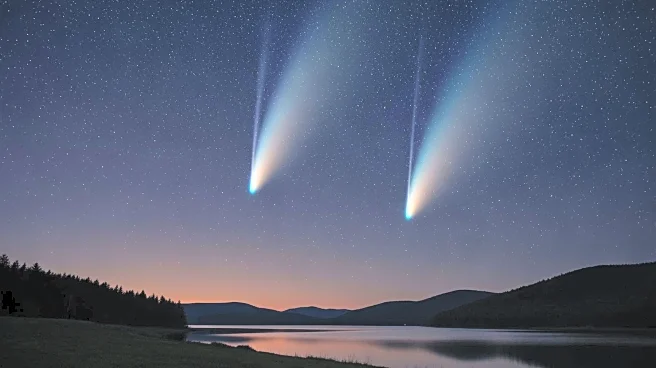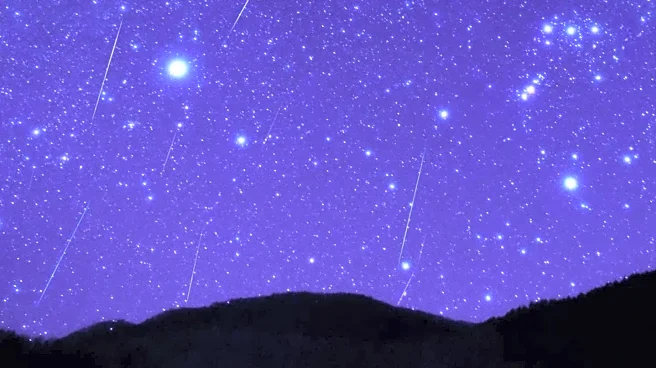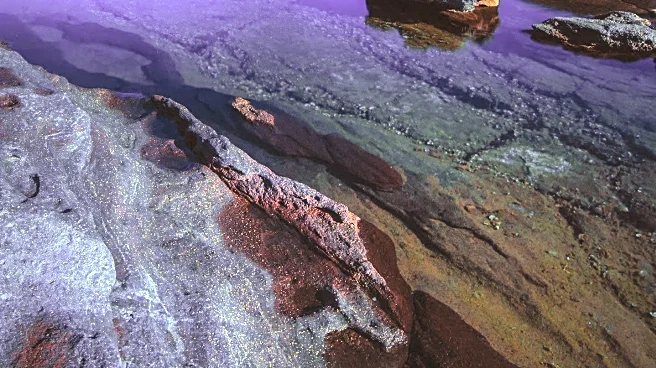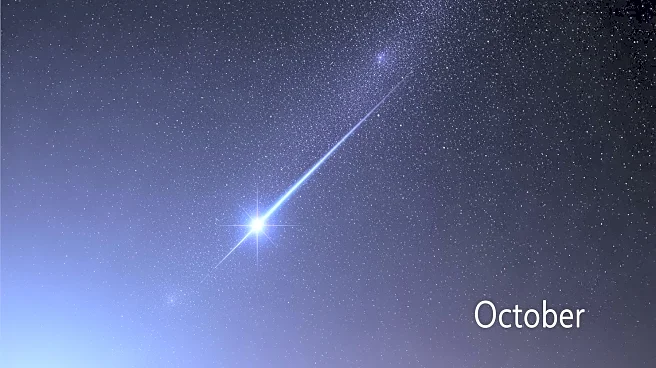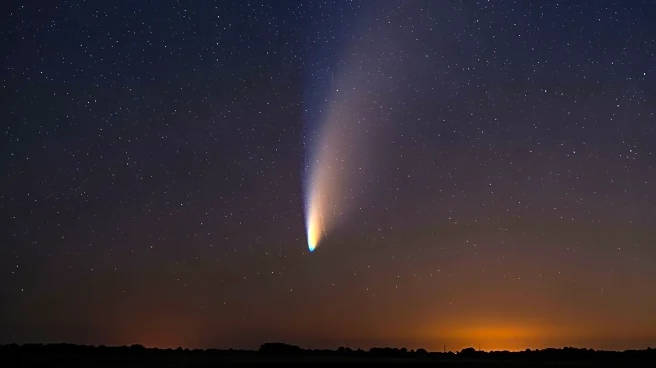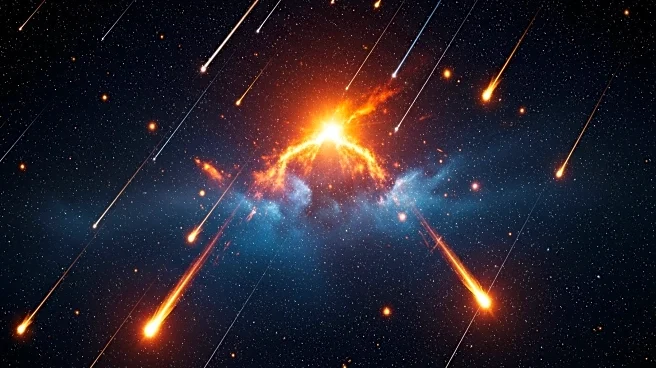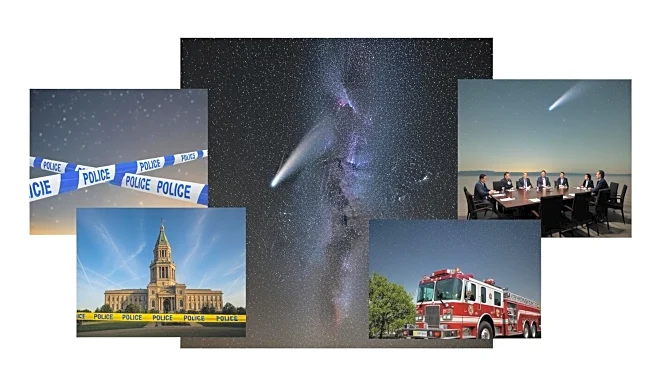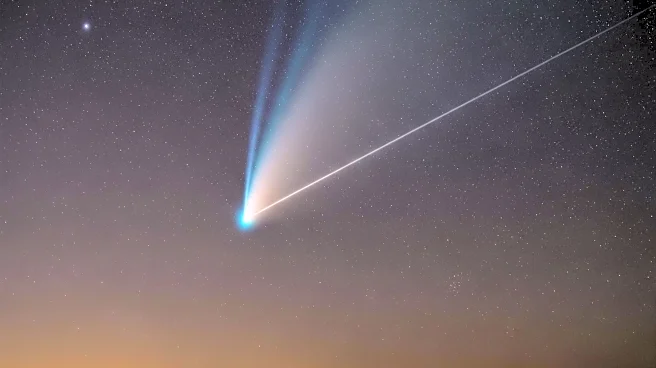What's Happening?
The Taurid meteor showers, both northern and southern streams, are set to peak in November, offering a celestial display visible to the naked eye. The northern Taurids will start on October 20 and last until December 20, peaking between November 9-12.
Meanwhile, the southern Taurids, active from September 10 to November 20, will peak on November 3-4. These showers originate from the Taurus constellation, near the bright star Aldebaran and the Pleiades cluster. The Orionid meteor shower, also active, will peak on October 22-23.
Why It's Important?
Meteor showers like the Taurids and Orionids provide opportunities for astronomical observation and public engagement with science. They offer a chance for educational outreach, encouraging interest in astronomy and space sciences. The visibility of these showers can inspire amateur astronomers and provide a natural spectacle for the public. Additionally, understanding meteor showers contributes to broader scientific knowledge about celestial bodies and their interactions with Earth's atmosphere.
What's Next?
Observers are encouraged to find dark locations away from city lights to maximize visibility of the meteor showers. As the peak dates approach, astronomy clubs and educational institutions may organize viewing events to engage the community. The showers also present opportunities for scientific study, as researchers analyze meteor compositions and trajectories to learn more about their origins and impacts.
Beyond the Headlines
Meteor showers like the Taurids highlight the interconnectedness of celestial events and their cultural significance. Historically, such events have been interpreted as omens or signs, influencing folklore and traditions. Today, they serve as reminders of the vastness of the universe and humanity's place within it, fostering a sense of wonder and curiosity.
